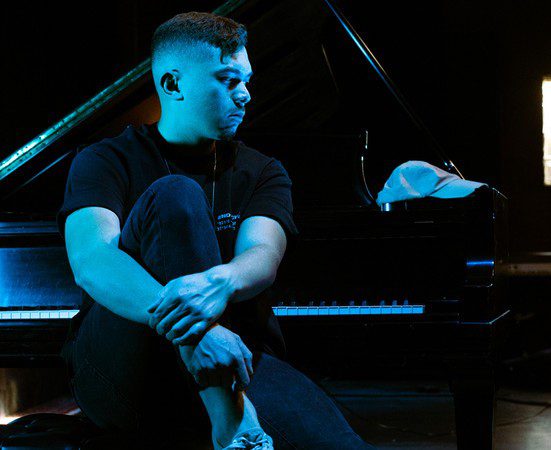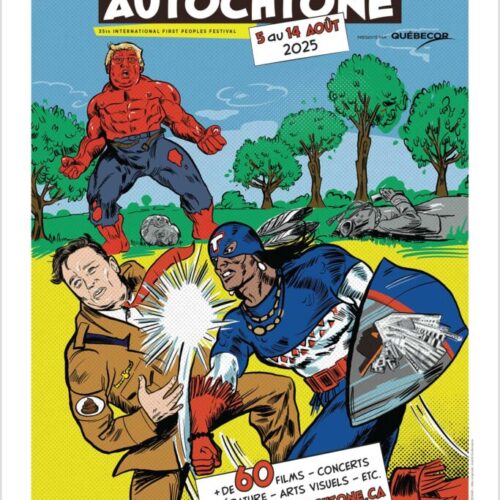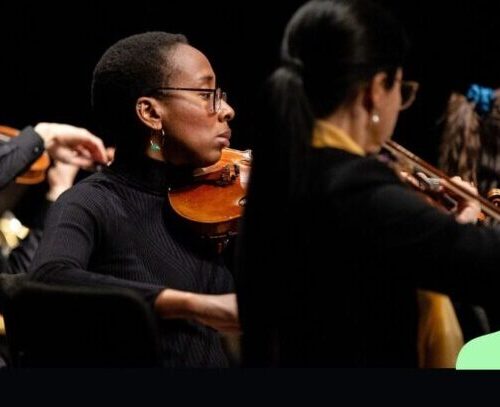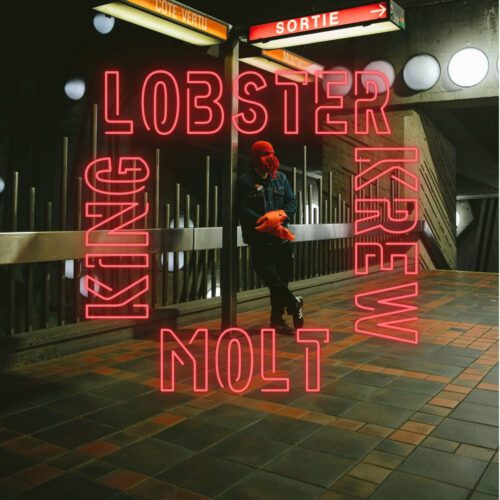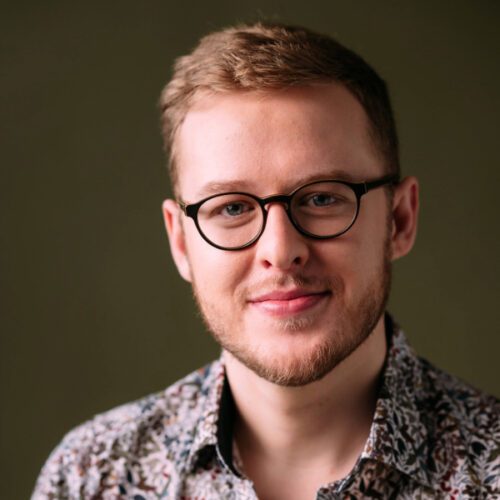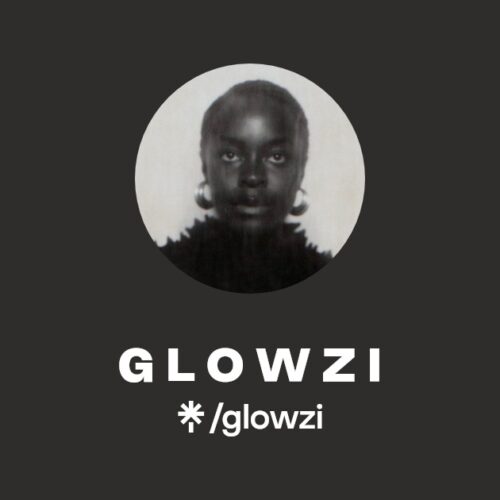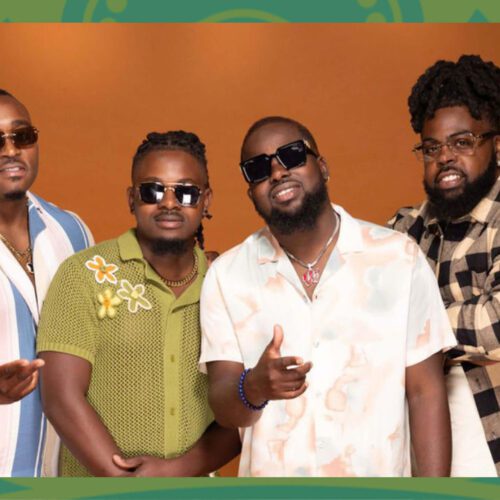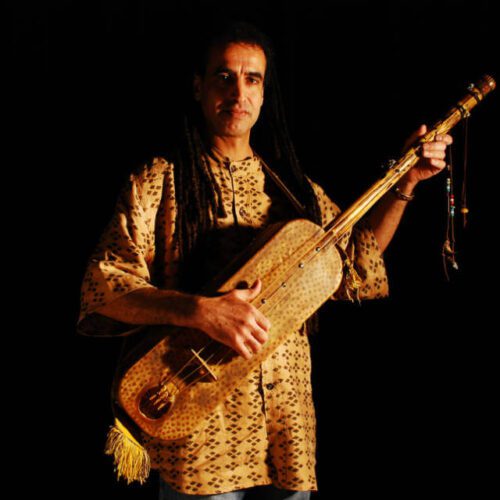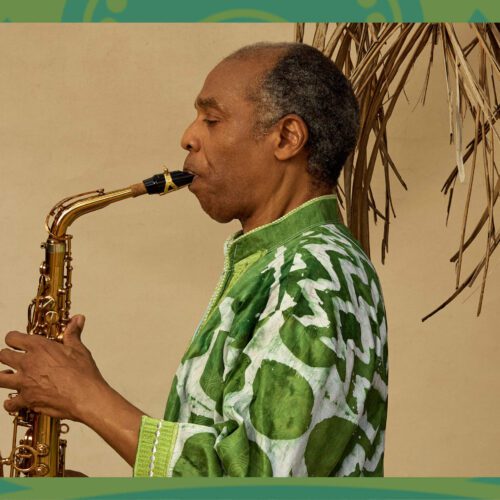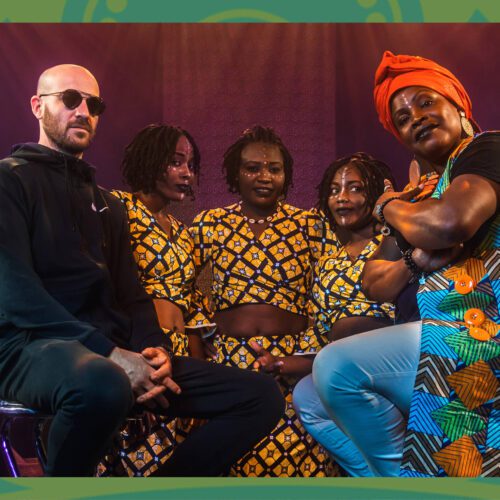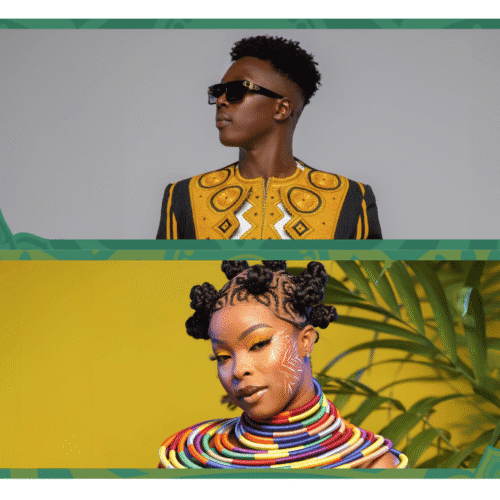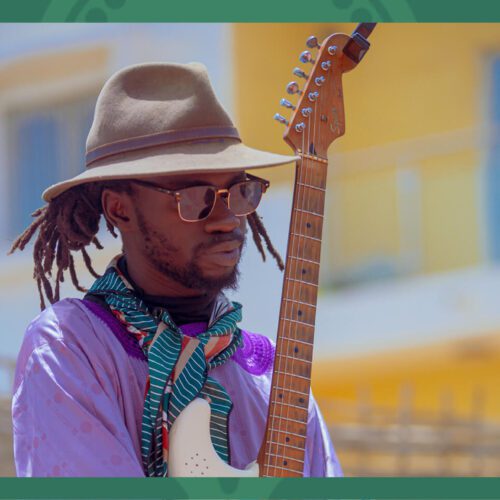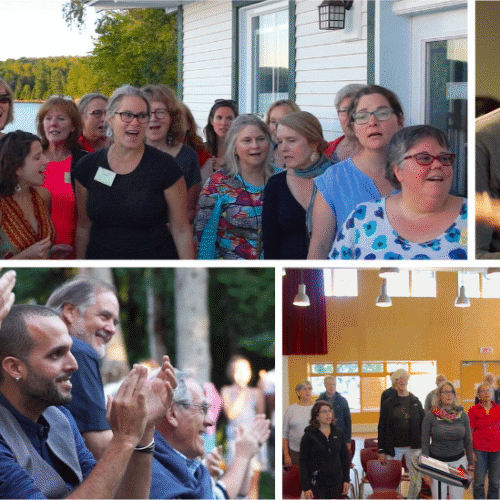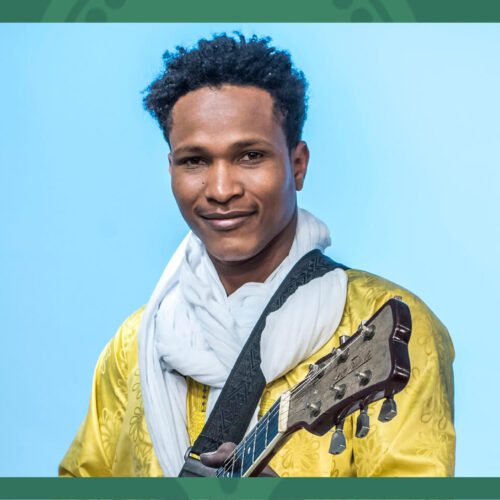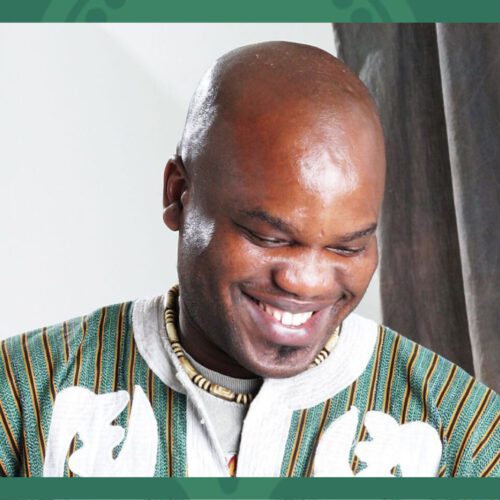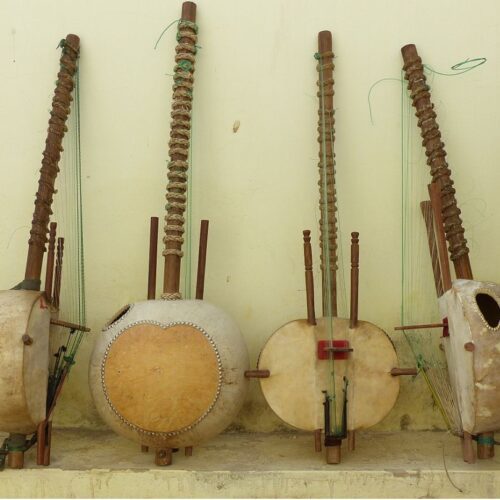Additional Information
Montreal artist L.Teez has just released the album “Studio Blue”, a mix of hip-hop, jazz and soul. With a bonus performance, a launch party is planned at Petit Campus this Thursday, November 3rd.
Born in France to a Montreal African-Chinese mother of Jamaican descent and a Parisian father of Algerian Kabyle descent, Lee Terki moved to Quebec with his family as a child. Since he was a child, he has been immersed in music. He studied for six years at the FACE school and his father is a professional in the music industry. “I spent a lot of my childhood listening to music and being at concerts and festivals,” he says.
In his latest project, the MC comfortably blends hip-hop and jazz, two musical styles that run in his family. We’re not just talking about a few samples from jazz songs here. In Studio Blue, we’re dealing with a soulful jazz soundtrack, recorded in a studio with very good musicians. It’s not surprising that he wanted to pay tribute to Miles Davis’ “Kind of Blue”, an important album in his life.
In his creation, L.Teez is also greatly influenced by the cinema, an art cherished by his cinema-loving mother who transmitted this passion to him. “In “Studio Blue”, I refer to” Annie Hall”, Spike Lee and the movie “Seventh Heaven,” the rapper says.
The city of Montreal is another source of inspiration: “I have always lived in Mile End since my parents are in Montreal. The culture of the city is very present in my music,” he continues. In this Studio Blue, L. Teez slaloms between rap and singing, his flow is fluid and effective. Some of his intonations, moreover, can remind those of the American rapper Westside Gunn. The result is really impressive.
Licensed by Hydrophonik Records, L.Teez collaborated with many local artists for the creation of his album, including Clerel, Mel Pacifico, Lea Keeley, Burton White and Elmnt. That’s why Pan M 360 spoke with L.Teez about Studio Blue, his influences and his creative process.
PAN M 360: What stage do you like the most in your creative process?
L.TEEZ: I definitely enjoy writing. However, I don’t write every day. There are artists who do, but I can’t do it. What I love most is being in the studio and creating the musical arrangements. I love being in the studio with producers and musicians. The creativity is at its peak and I love it. I feel extremely comfortable there.
PAN M 360: How was Studio Blue born?
L.TEEZ: When I was in college, I discovered Miles Davis’ “Kind of Blue”. I found this album incredible. Miles’ music makes me feel a lot of emotions. Listening to Kind of Blue opened my eyes to jazz and other musical styles. With my project, I wanted to pay tribute to this album. Also, I recorded “Studio Blue” in a studio actually called Studio Blue. It was a studio with analog tools. My experience in that place is memorable. I had no choice but to call my project “Studio Blue”.
PAN M 360: Can you tell me more about what the cover of “Studio Blue” means?
L.TEEZ: For this project, I wanted an artist to create in the style of Jean-Michel Basquiat, an artist I like a lot. Most of the elements on the cover are references to my personal life. First of all, there is a nod to African Montreal entrepreneur Rufus Rockhead, who owned Rockhead’s Paradise, a jazz club that opened in Montreal many years ago. All the jazz greats came there in the past and few people know it. It’s a little tribute to this mythical place. Then, there is also a steaming pot that refers to the many dimsums I ate with my father. Food is a big part of my life, I have been working in the restaurant business for many years. Besides, we find on the cover a penguin with a bottle of wine which makes reference to that. Another element is the cannon that represents Arsenal, my favorite soccer team. In short, there are a lot of symbolic elements and I am very happy with the final result.
PAN M 360: 5680 Rue Bach, a piece that pays tribute to your grandfather, is in two parts. Why did you make this choice?
L.TEEZ: I wanted to have a musical break in the middle of my album. I wanted strings for an interlude. Also, I wanted to do a tribute song to my grandfather. So I combined the two to make 5680 Rue Bach. At first, the two parts were one. The separation was made to make it easier for my listeners to hear. I thought that by separating the instrumental part from the rap part, they would be able to listen better to the part they wanted to hear.
PAN M 360: Why do you think rap and jazz fit so well together ?
L.TEEZ: Rap and jazz have had a love affair for a long time. I think they mix so easily because of their common roots. They are both very emotional genres. People relate to rap and jazz. I think that’s why the combination of the two is so perfect.
PAN M 360: There’s also plenty of soul on “Studio Blue”. So how did the song Never Thought come about with Clerel?
L.TEEZ: I’ve been a big fan of Clerel for many years. He’s probably my favorite singer in the city right now. We first met at a jam session in Montreal. Jessie Reyez’s producer, and I built the instrumental, I wanted to put the whole thing on it, then I asked Clerel if he was interested in this track. He agreed and came to the studio. He wrote the chorus very quickly and we finished the song. I am very proud of the result.
